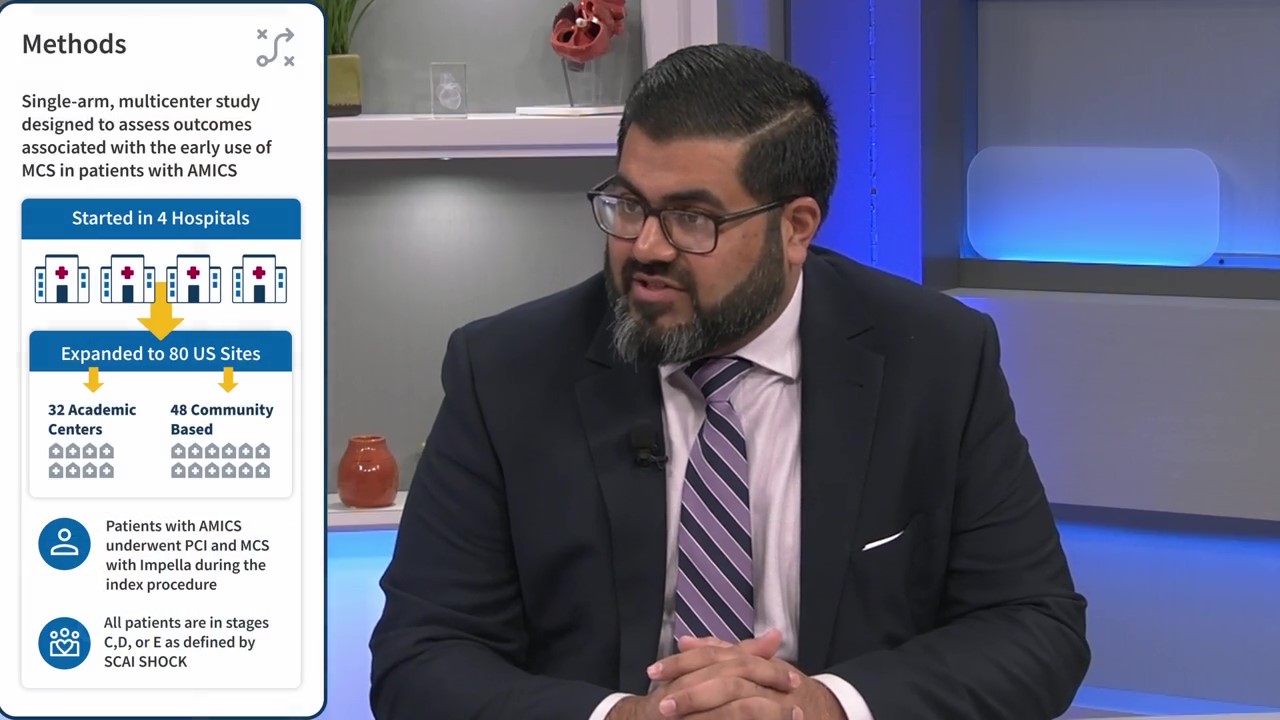ECMO, Patient Management, AMI Cardiogenic Shock
Prof. Dr. Christophe Vandenbriele: ICU Monitoring Essentials for Cardiogenic Shock
“Monitoring is the cornerstone of success in managing cardiogenic shock,” Professor Christophe Vandenbriele, MD, emphasizes in this discussion of his recently published paper, “Monitoring on the ICU: Integrating Hemodynamic Assessment, Laboratory Data, and Imaging Techniques for Timely Detection of Deterioration and Recovery.” This is one of 8 articles published in the European Heart Journal supplement “From Patient Selection to Escalation Strategies: Mechanical Circulatory Support in Cardiogenic Shock.”
Prof. Vandenbriele highlights the importance of having a 24/7 dedicated team and providing continuous ICU monitoring for patients with cardiogenic shock, as their clinical situations can change quickly. He explains that monitoring needs to be overseen by people who know how to interpret the values. He describes several ICU monitoring strategies, emphasizing the pulmonary artery (PA) catheter as essential for continuous monitoring of venous saturation, left and right ventricular pressures, and cardiac output. He stresses the importance of monitoring how these values evolve (improve or deteriorate) over time to determine whether support needs to be escalated or de-escalated. He also discusses the importance of monitoring anticoagulation, hemolysis, lactate levels, blood gasses, etc. as well as using echocardiography, which he describes as “one of the coronerstones in the followup of critically ill cardiogenic shock.”
Prof. Vandenbriele discusses how monitoring becomes more challenging in patients supported with mechanical circulatory support devices (MCS), as such monitoring now reflects both the patient’s native circulation as well as the output of the MCS device. He emphasizes the importance of looking at not just absolut numbers, but trends in these patients; and having the experience to integrate the values from the MCS device, the PA catheter, and echocardiography into an accurate clinical picture of the patient’s condition. “We cannot forget that monitoring is not only numbers and devices,” he states, “but also clinical nursing and good bedside clinical follow-up is very important.”
In this paper, Prof. Vandenbriele and colleagues present several case scenarios. The most complex scenario is a patient supported with both Impella and ECMO (ECMELLA). He explains that in such a patient, blood in the pulmonary circulation may not be well oxygenated and patients can develop Harlequin syndrome if this poorly oxygenated blood is pumped through the left ventricle. Dr. Vandenbriele emphasizes that this case highlights the importance of monitoring strategies, such as regular ECGs, to detect such a situation before the patient deteriorates significantly.
Sign Up for Latest Updates
NPS-4064


